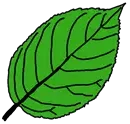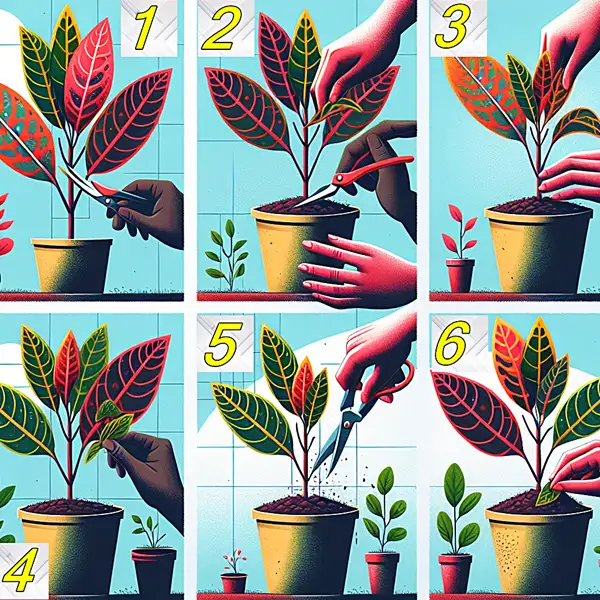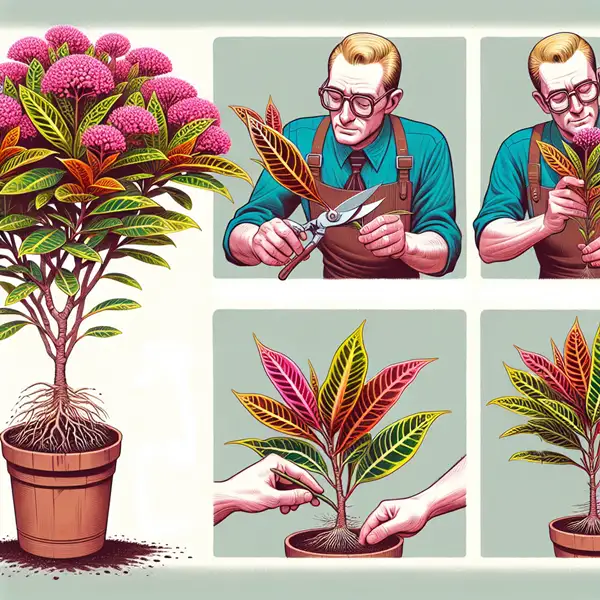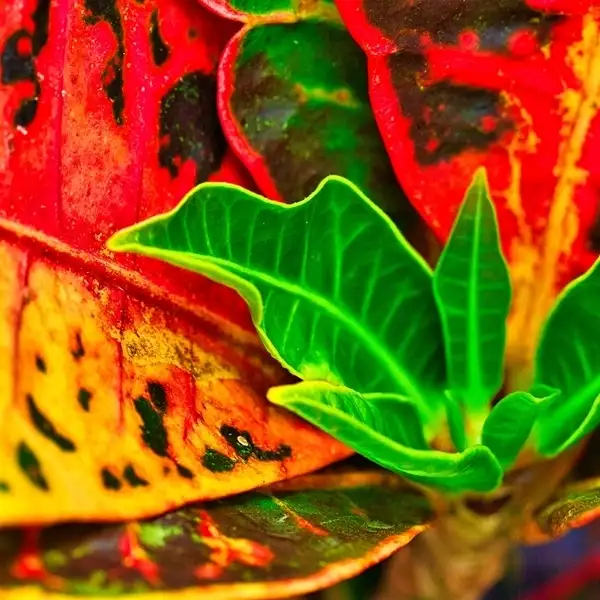Key Takeaways
| Key Takeaways | What You’ll Discover |
|---|---|
| Why Trimming is Essential | Find out why regular pruning leads to a healthier, fuller croton plant. |
| Must-Have Tools | Equip yourself with the right tools to ensure a clean and efficient trim. |
| The Right Way to Trim | How to trim Croton plants, avoid common mistakes and master the best techniques for shaping your croton. |
| Best Time for Pruning | Timing matters! Learn when to trim for optimal growth and quick recovery. |
| Mistakes to Avoid | Trimming errors can harm your plant. Know what NOT to do before you start. |
| Aftercare for Healthy Growth | Pruning isn’t the end! Ensure your croton flourishes with proper post-trim care. |
Necessity of Trimming Croton Plants
Dennis Schrader, owner of Landcraft Environments in Mattituck states-
“Regular pruning promotes denser growth.”
Allowing your croton to grow without regular trims can result in it becoming leggy. It means it will have tall stems with sparse foliage towards the top. Also, unchecked growth might also lead to pest infestations and diseases that could be detrimental to your plant’s overall health.
3 Essential Tools for Effective Croton Plant Trimming
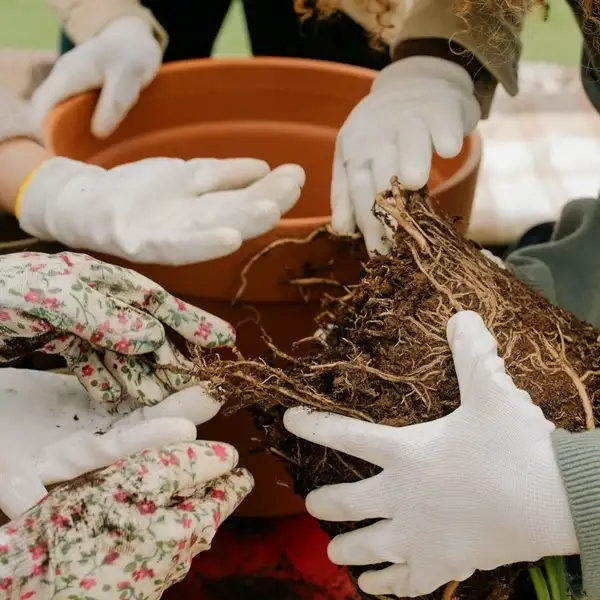
Before you start trimming, it’s important to know how to trim croton plants effectively. Ensure you have the necessary tools for an effective pruning session.
| Tool 🛠️ | Purpose 📋 |
|---|---|
| Garden Gloves 🧤 | Protect hands from croton’s milky sap, which can cause skin irritation |
| Sharp Pruning Shears ✂️ | Make clean cuts to prevent disease transmission and promote healthy regrowth |
| Bleach Solution (1:9 ratio of bleach to water) 🧴 | Sterilize equipment before use to minimize the risk of disease spread between plants |
Elsewhere, Patti O’Neal from Colorado State University Extension advises beginner gardeners saying-
“It’s important to never use pruners on sick plants and then on healthy ones without cleaning them first.”
Ensuring all tools are sharp and clean enhances their efficiency thus making pruning easier as well as preventing tearing or crushing stems consequently reducing the amount of stress put on the plant.
Step-by-Step Guide to Proper Croton Plant Pruning
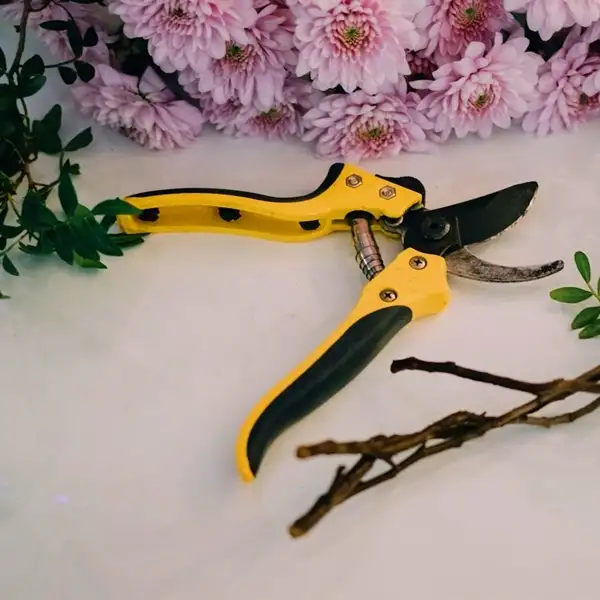
A clear understanding of how to trim croton plants is essential.
- Start by examining the base aiming to identify branches that appear weak and damaged.
- Trim back any unhealthy-looking branches until they reach healthier portions preferably at joint areas.
- Maintain a thoughtful approach in terms of the plant’s shape and size, remembering that the goal is to maintain a fuller growth pattern and possibly control its dimensions in confined spaces, especially for indoor plants.
- Importantly, don’t get rid of more than one-third of the foliation at once. As Joy Bossi from NPR explained-
“When pruning, it’s really important not to remove more than 1/3 of leaf area as this can put too much stress on the plant.”
Best Time to Trim Your Croton Plants
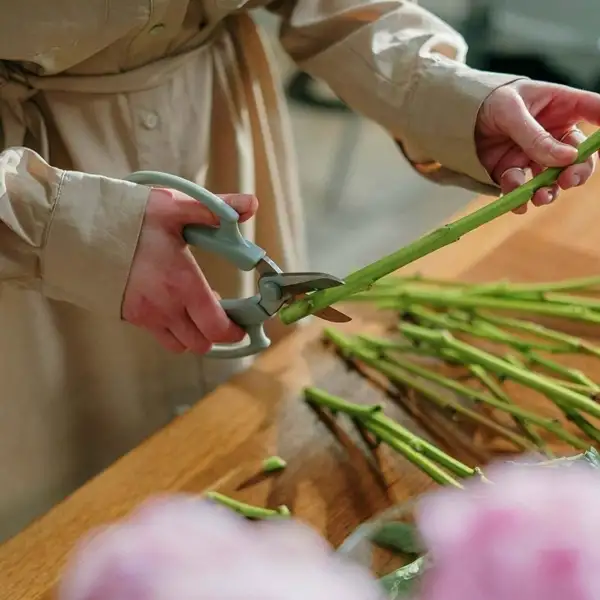
Understanding when & how to trim croton plants is really important. Crotons are best pruned during spring or early summer when they are actively growing. This timing encourages quick recuperation from pruning activities hence minimizing damage stresses.
3 Common Mistakes to Avoid in Trimming
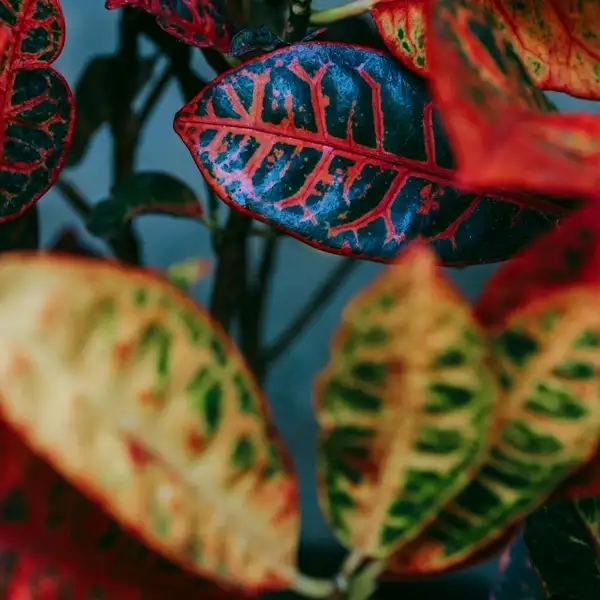
| Mistake ❌ | Why It’s Harmful ⚠️ | How to Avoid 🛡️ |
|---|---|---|
| Over-Pruning | Removing more than one-third of the foliage can stress the plant and stunt growth | Limit pruning to less than one-third of the plant at a time to encourage healthy development |
| Pruning Before Winter | Cold temperatures and reduced light slow photosynthesis, hindering recovery after pruning | Schedule pruning during spring or early summer when the plant is actively growing |
| Using Unsterilized Tools | Can introduce diseases to the plant, leading to potential health issues | Always sterilize pruning tools with a bleach solution before use |
3 Expert Care Tips After Pruning

After completing a trimming session, ensure proper aftercare is applied to stimulate healthy regrowth.
| Care Step 🌿 | Benefit 🌱 |
|---|---|
| Adjust Watering 💧 | Provides necessary moisture for healing and new growth; increase during warmer periods and decrease during colder ones |
| Monthly Fertilization 🧪 | Supplies essential nutrients to support robust regrowth; use a balanced liquid fertilizer from April through September |
| Regular Monitoring 👀 | Early detection of diseases or pests allows for prompt intervention, ensuring the plant remains healthy |
A Success Quote for Every Gardener
To conclude, Jo Ellen Meyers Sharp, president of the Garden Writers Association, once said-
“Just like people, individuality among plants is what makes gardening fascinating and challenging.”
Indeed, knowing how to properly trim your croton plant adds to its allure as you take a hands-on role in ensuring it grows into its best possible form.
Frequently Asked Questions
Do crotons like sun or shade?
Crotons prefer bright & indirect light but tolerate some direct sun. Too little light causes leggy growth while excessive sun scorches leaves.
When should crotons be pruned?
Prune crotons in spring or early summer when they are growing actively. This helps them recover quickly & encourages new growth.
Why do Crotons turn yellow?
Yellowing of leaves is due to improper watering, nutrient deficiencies or pests. Ensure well-draining soil & adjust care accordingly.
Are Crotons high maintenance?
Crotons need consistent watering, proper lighting & regular pruning but they thrive when their basic needs are met.
Why is my croton flowering?
A healthy & mature croton may flower under ideal conditions though blooming is uncommon.
